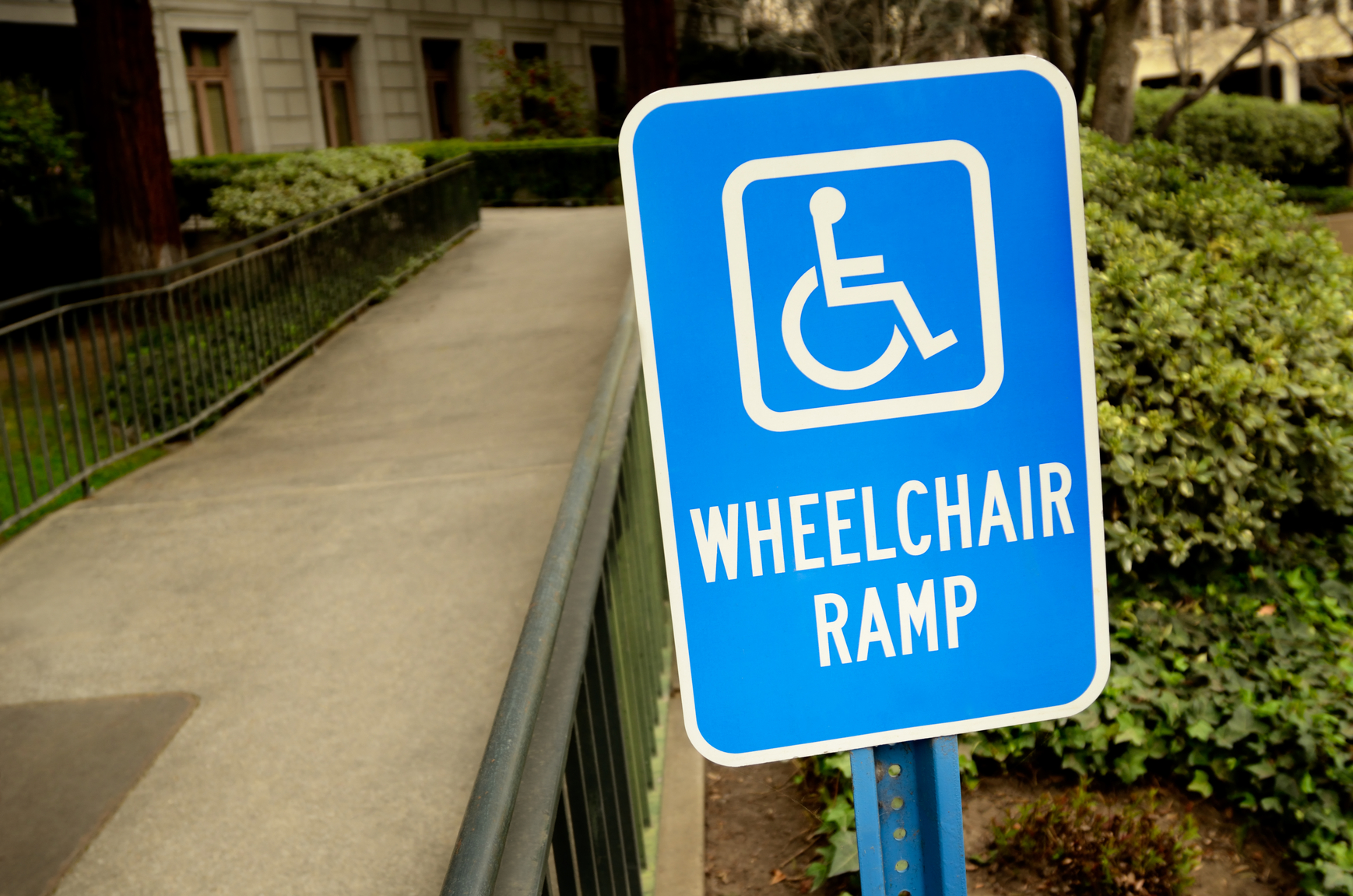 One of the most important considerations in wheelchair ramp use is safety. Ramps are essential to accessibility for mobility chair and scooter users. However, when these ramps are not designed and constructed properly, they can be difficult to use, and may even be dangerous. The following are a few safety tips to ensure a building provides the safest wheelchair ramps for the patrons who need them.
One of the most important considerations in wheelchair ramp use is safety. Ramps are essential to accessibility for mobility chair and scooter users. However, when these ramps are not designed and constructed properly, they can be difficult to use, and may even be dangerous. The following are a few safety tips to ensure a building provides the safest wheelchair ramps for the patrons who need them.
Degree of Incline
Steep ramps are dangerous, not only because they are difficult to climb, but also because there is the risk of tipping backwards. Therefore, the lower the ramp, the safer and easier the ramp is to use.
The Department of Justice published revised regulations for Titles II and III of the Americans with Disabilities Act of 1990 in the Federal Register on September 15, 2010. The Americans with Disabilities Act (ADA) requires a 1:12 slope for wheelchairs and scooters for business and public use. This translates to 1 foot of ramp for every inch of rise. For example, a 10 inch rise would require a 10 foot ramp. Ramps can be as long as needed, however, the ADA limits the longest single run of ramp to 30 feet.
Level Landings
Landings at the top and bottom of the ramp are also important. Landings should be flat and level and should also provide a rail or wall at the top so the user does not go off the side. Don’t forget to provide handrails along the entire length of the ramp which are between 34″ and 38″ in height on both sides of the wheelchair ramp.
Landings can be constructed as part of the ramp, or they can be an existing surface such as a sidewalk. Be certain the landing is the same width as the ramp itself. ADA Standards require a minimum 5′ x 5′ flat area at the top and bottom of the ramp.
In addition, provide a gradual transition between the ramp and its landing for optimal safety. Normally, the weight of a wheelchair is on its rear wheels. Yet, the weight transitions to the front wheels when the wheelchair is on a ramp. This means that when a wheelchair’s front wheels hit the landing, it can come to a sudden stop.
Weather Conditions
Be sure to note the conditions where the ramp will be used. Outside ramps in areas that get a lot of rain or snow should provide good traction. They should also be weather resistant. No matter where the ramp is located, it should have a non-skid surface to keep users safe during any type of weather. Accumulation of water on ramps and landings should also be kept in mind when the ramp is designed and constructed.
While it can be challenging to meet the ADA Accessibility Guidelines, it is imperative for the safety of the user that the ramp be ADA compliant. To find out more about how we make a difference when it comes to ADA building compliance, please contact us so we can help.
